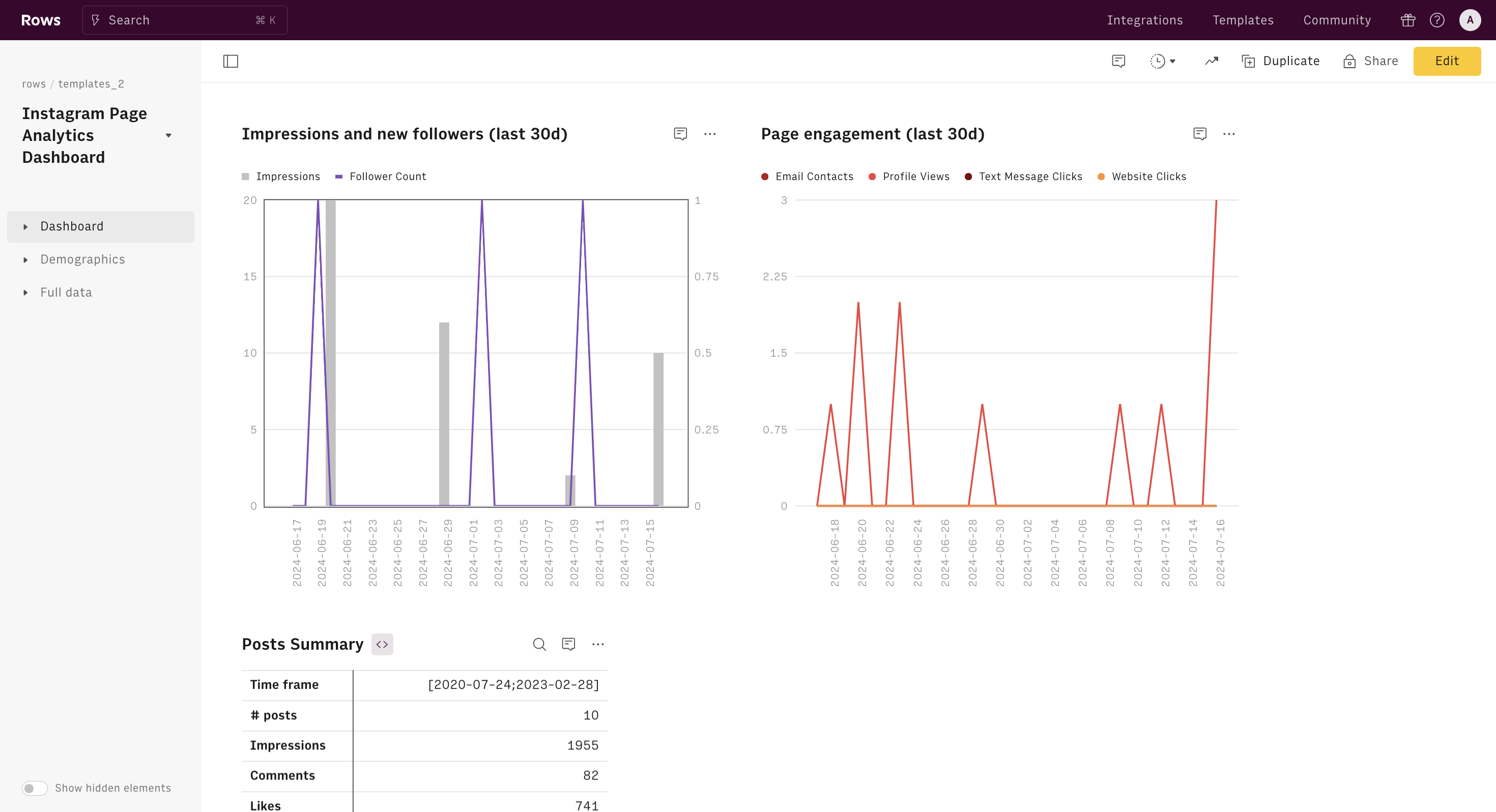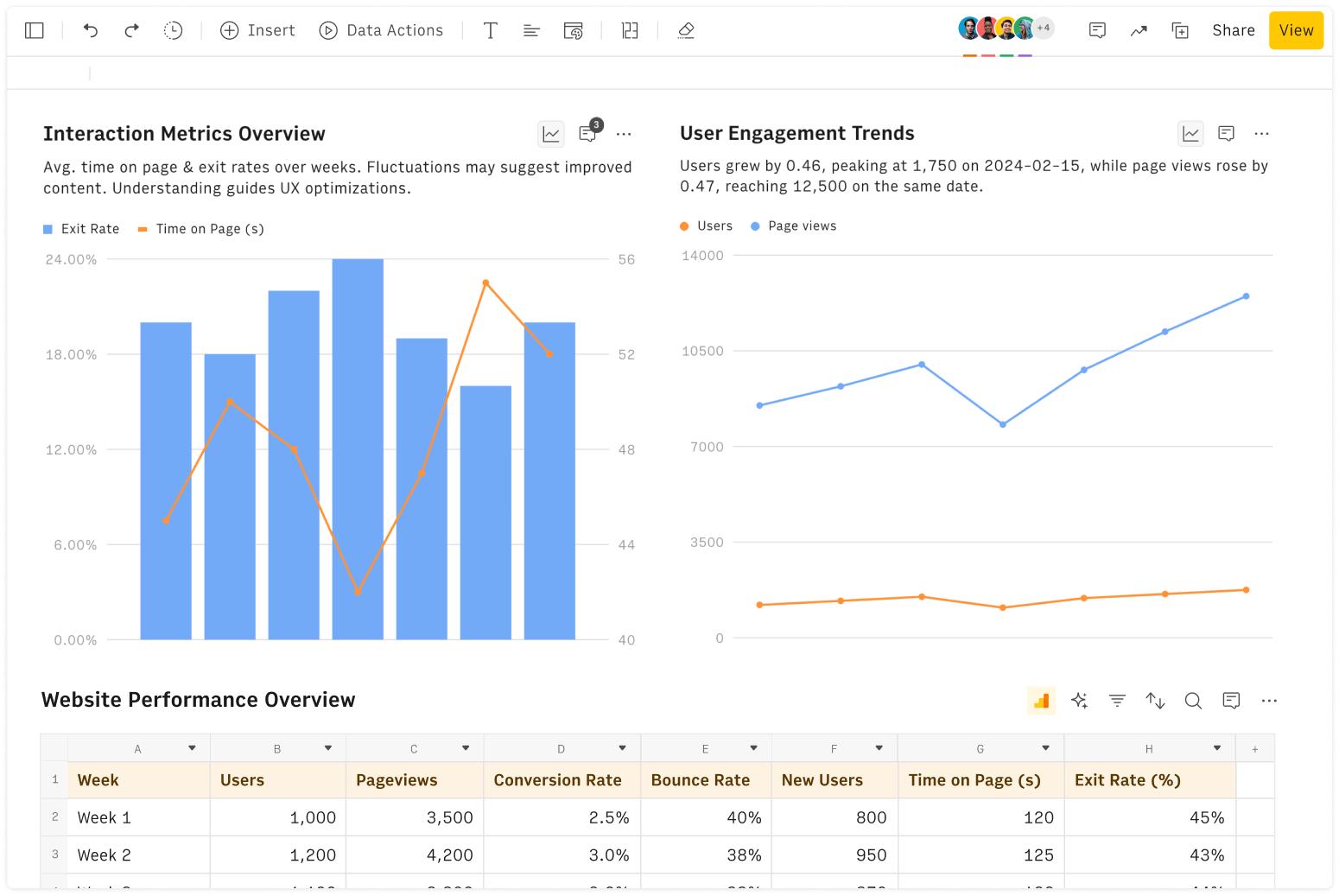What is Aspect Ratio
The aspect ratio is the ratio of the width to the height of an image, expressed as two numbers separated by a colon.
This measurement is crucial for ensuring that images and videos display correctly across different devices and formats.
Aspect ratios can be shown in two primary formats: as a ratio of two numbers separated by a colon (e.g., 4:3, 16:9) or as a ratio of 1:X.
Common Aspect Ratio formulations
The first format, such as 4:3 or 16:9, is more common and used in everyday contexts like televisions, monitors, and cameras. These numbers directly represent the relative dimensions of the width and height. For instance, a 4:3 aspect ratio means that for every 4 units of width, there are 3 units of height.
To have the popular formats, you need to simplify the ratio by dividing both width and height by their greatest common factor (GCF). In this case, the GCF of 800 and 600 is 200. Dividing both by 200 results in 4:3.
The second format, 1:X, is more technical and often used in mathematical or scientific contexts. It simplifies the ratio to a comparison of 1 unit of width to a certain number (X) of units of height. To calculate the 1:X format, you simply divide the width by the height. If an image has a width of 800 pixels and a height of 600 pixels, you divide 800 by 600, resulting in approximately 1:1.33.
Definition of Portrait / Landscape Mode
Portrait mode refers to an orientation where the height of the display or image is greater than the width, commonly used for mobile devices and certain types of printed material.
Landscape mode is the opposite, where the width is greater than the height, and is typical for televisions, computer monitors, and widescreen displays.
How to Use the Aspect Ratio Calculator
All you need to do is to input the height and width of an image manually or choose from the dropdown among popular resolutions such as iPad Retina, iPhone, or Facebook presets.
The calculator will compute the aspect ratio in the common format (e.g., 4:3) or 1:X format based on the practicality of the ratio.
The calculator will also determine whether the mode is landscape or portrait based on the provided values.
Resizing Images While Maintaining Aspect Ratio
The calculator allows users to calculate the new height of an image based on a changed width while keeping the same aspect ratio.
For example, if the original width of an image is 600 pixels and the original height is 400 pixels, and you wish to resize the width to 300 pixels, the calculator will determine the resized height. Using the formula:
Resized Height = (Original Height / Original Width) × Resized Width
In the above-mentioned example,
Resized Height = (600 / 400) × 300= 200
The new height will be 200px, maintaining the original aspect ratio of 2:3.
Practical Use Cases for Aspect Ratio Calculator
Aspect ratio calculators are particularly useful for designers, photographers, and web developers who need to resize images while maintaining their proportions.
They ensure that images fit properly on different screens and devices without distortion.
This tool can also be used for tasks such as resizing photos for social media platforms, adjusting images for website design, ensuring consistency in video production, and formatting content for different device screens.







